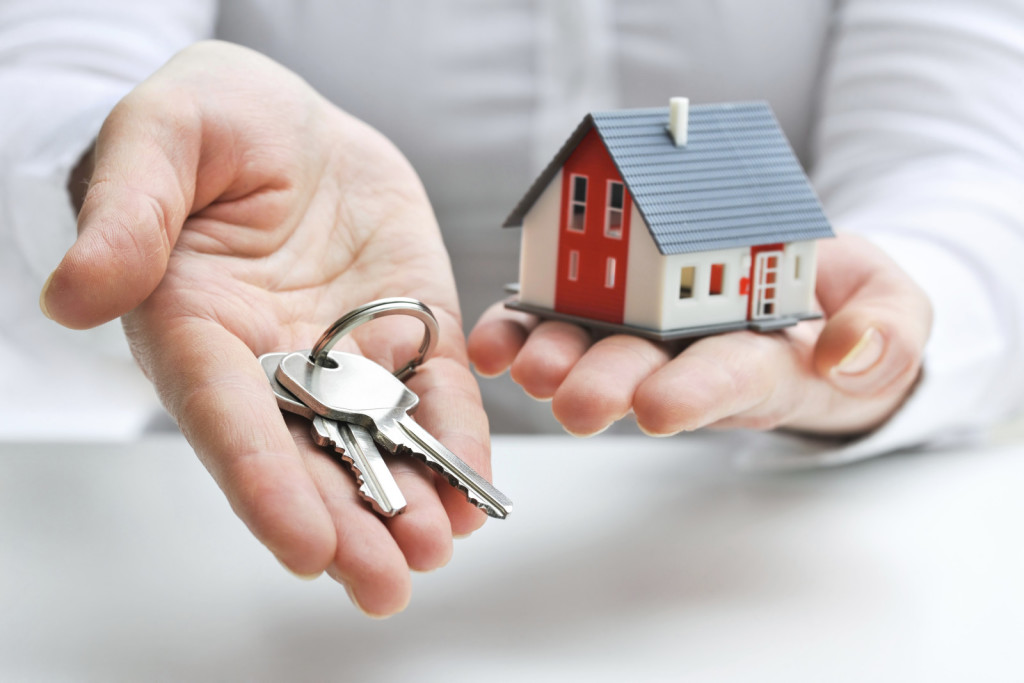Rapid Reaction: Q2 2016 Homeownership Rate
The U.S. homeownership rate slipped again in Q2, the second straight quarterly decline after inching up at the end of 2015.

The U.S. homeownership rate slipped again in Q2, the second straight quarterly decline after inching up at the end of 2015.

The U.S. homeownership rate slipped again in Q2, the second straight quarterly decline after inching up at the end of 2015. Homeownership was down in all four major regions, and among most age groups except one: The homeownership rate was up modestly year-over-year for 35-to-44 year olds, many of whom may have held off on buying a home during the recession, or may have been foreclosed upon and are only now re-joining the market. Broadly speaking, the falling homeownership rate is a sign that renting isn’t only for those just starting out or making a transition, but is becoming an increasingly viable longer-term option for many households. It also means incomes are not yet rising quickly enough to broadly support new homeownership, and that inventory remains too tight to allow for meaningful access to affordable housing. Household formation rates have returned to the slower pace seen in 2012 and 2013, and what growth there was, was almost entirely on the rental side — another sign that income growth is failing to keep pace with growth in housing costs.